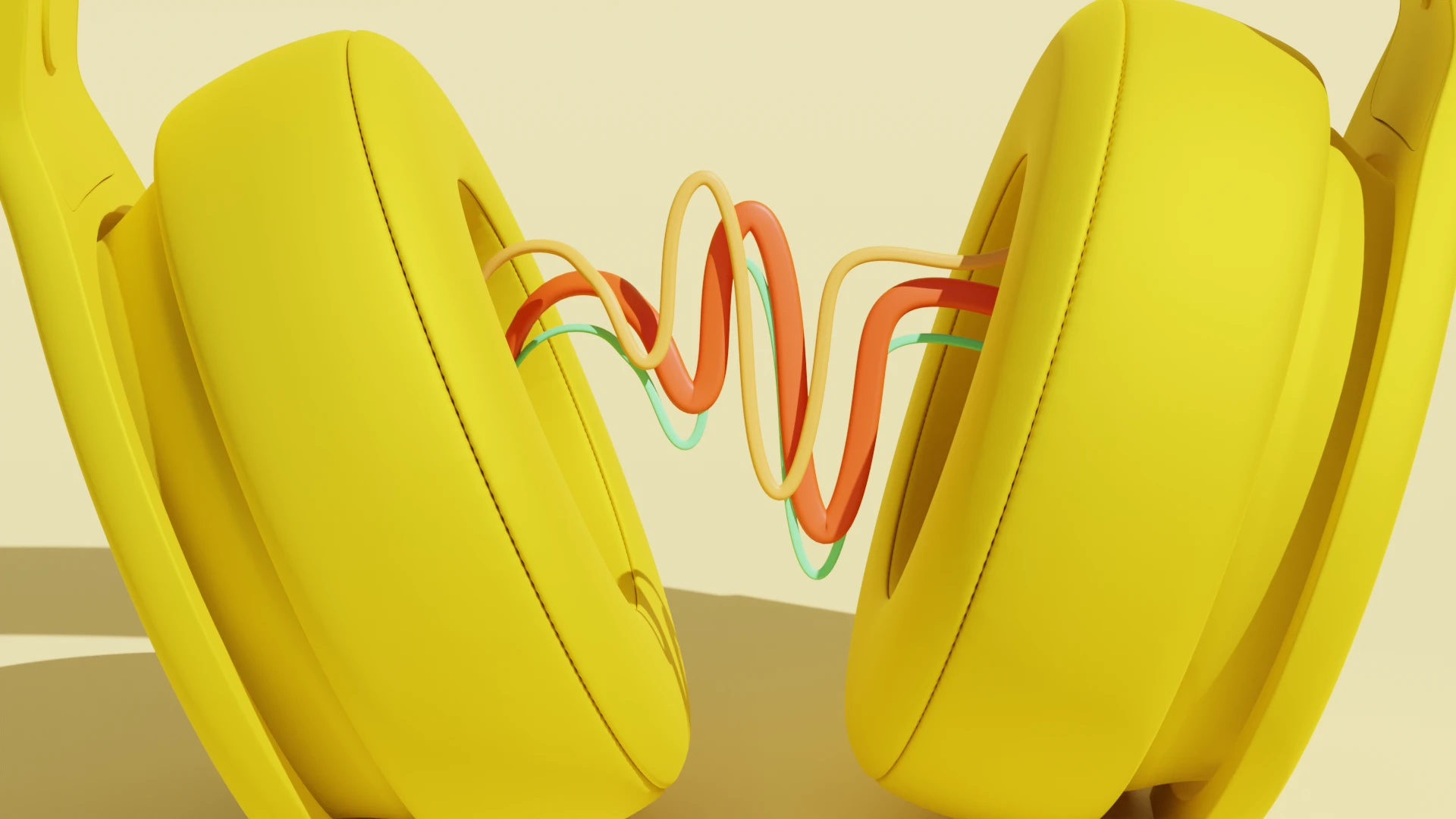What type of content do you primarily create?




Lighting is one of the most critical elements of video — right up there with having good audio and a lock of Ken Burns’ hair.
But lighting a video well isn’t as easy as flipping a switch.
Even lighting that looks good to the human eye can render differently through a camera lens. Overexposed video is washed out and lacks detail, while underexposed video is grainy and visually confusing. Plus, the slightest change in lighting can leave an entire shot unusable, whether it’s from a shift in the sun or a shadow creeping across the subject’s face.
Plus, lighting is an important aesthetic choice you make as the filmmaker. Video is a visual medium (maybe you knew that), so lighting is fundamental to it. Your choices with lighting can create a mood and sense of meaning for the audience; darker scenes feel dramatic, while brighter ones can come across as happy. Even the way you light a person’s face is a stylistic choice: shadows on one half and light on the other can show a person struggling between good and evil, removing the need for little cartoon angels and devils on their shoulders.
So, what’s the best way to light a video set? There’s the easy answer and, like most things, the more complicated one. But before we get into anything too technical, it’ll help to go over the basics.
Pro tip: If you’re looking to make single-person, social media style videos, there is no shame in using a ring light. Ring lights cast diffused light that nicely reduces harsh shadows. If you plan on making more than just a talking head video, though, keep reading.
Principles of lighting
When setting up your lighting, it helps to keep these three principles of lighting in mind: direction, intensity, and soft vs. hard.
Direction
Where is the light coming from in the scene? Think of it in 360-degree coverage: backlight, toplight, frontal, or profile. Most shots use multiple directions working together to avoid awkward shadows or imbalanced highlights.
Intensity
How much light is hitting your subject? For lighting faces, try to keep a 4-to-1 ratio from one side of the face to the other. Meaning, you have a highlight on one fourth of the face and a gradual fade (2 stop difference) from light to shadow. When lighting a whole person or object, try to keep a 3-to-1 ratio from the subject to the background. Or, have the person be 3x as bright as the background. Changes in lighting intensity are normal, so don’t worry if it’s different from one frame to another.
Soft vs hard
What’s your aesthetic? Soft light is natural and calming, whereas hard light invokes high-stakes drama. Most videos have a balance of soft and hard light, but feel free to lean more in one direction if your shoot calls for it.
Three-point lighting setup
With the exception of something wildly stylized, most cinematic lighting depends on the three-point setup. No matter your experience level, it’s one of the easiest ways to achieve natural lighting for film.
The setup is simple and only includes three components: key light, fill light, and backlight.
Key light
The key light is the main light in a scene. It’s the most powerful and usually the first light to be set up. Though it’s the main light, it can be placed in various positions to create different moods. Just don’t place it near or beside the camera — the direct lighting will make the subject look flat and unnatural.
Key lighting is best when you want to draw attention to something or make it stand out from the rest of the scene.
Fill light
Once you have your key light setup, you’ll probably notice lingering, unwanted shadows. As the name suggests, a fill light can help you “fill in” the dark, shadowy areas that remain. It lets a viewer see all the details of your scene more clearly. In order to get the most natural look, position it opposite the key light. This light should be less intense than the key and is usually accompanied by some sort of diffuser. This will help soften the fill light and spread it out evenly.
Backlight
Backlight brings your three-dimensional scene to life. Set it up behind the subject to separate them from the background. It should be diffused so it isn’t so intense it pulls focus.
Backlight lets you accentuate a subject’s silhouette and brings the 360-degree lighting to life with a halo effect as stylized as you want it to be. You can also use backlight on its own to create a silhouette.

Other types of lighting for video
If your video calls for more tonal, moody lighting, you may have to venture beyond the simple three-point lighting setup. Here are a few options that might work for you.
Hard light
Hard light creates high contrasts between light and shadow which can bring out facial lines and clothing wrinkles, adding stronger emotions to the shot.
Soft light
Soft lighting relies on larger and more diffuse light sources to create a low contrast that helps smooth out features and conceal wrinkles.
Bounce lighting
Bounce lighting involves bouncing light off a reflector to create soft lighting that’s gentle on the subject being shot.
Side (chiaroscuro) lighting
Side lighting, also known as chiaroscuro lighting, is a technique that highlights a single subject against a dark background, often used in film noir and gritty dramas.
Ambient lighting
Ambient lighting refers to the light sources already present in a scene, such as natural light or practical lighting, which create the overall mood and atmosphere of the shot.
Natural lighting
Natural lighting refers to any setup that uses the sun as the primary light source. This often sets a warm and inviting tone.
Practical lighting
Practical lighting is similar to natural lighting in that it uses existing light sources in the scene, but refers specifically to artificial light fixtures that appear on screen.
Motivated lighting
Motivated lighting is a technique that imitates or enhances the ambient light sources in the story, creating a more natural and believable lighting setup.
Conclusion
Understanding lighting principles and techniques is crucial for any video creator looking to produce visually engaging footage. Lighting not only affects the visual quality of the video, but also plays a vital role in creating a mood and conveying meaning to the audience. Keep in mind the principles of direction, intensity, and softness or hardness, and feel free to experiment with different lighting setups to achieve your desired aesthetic.





























%201.svg)























